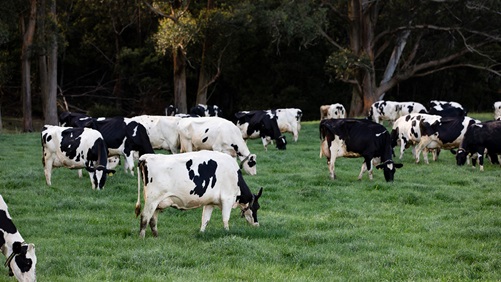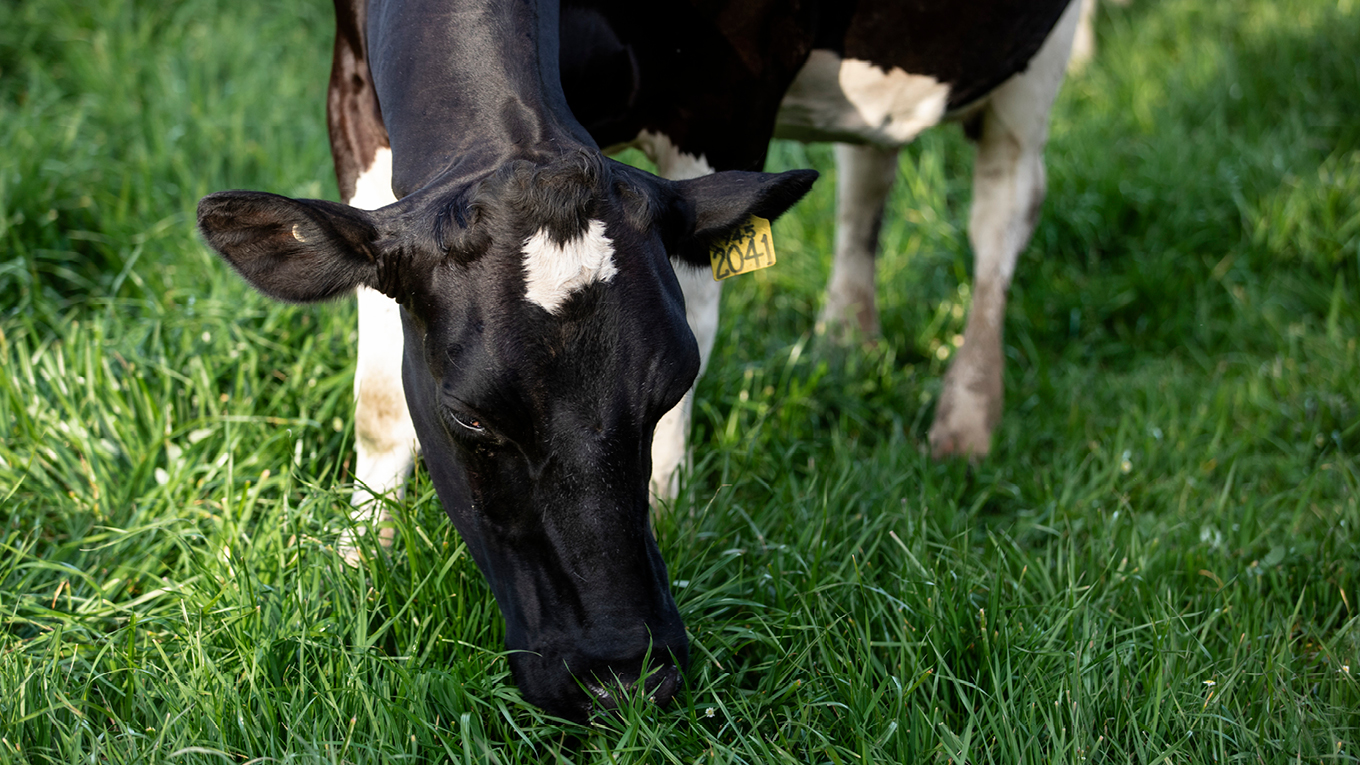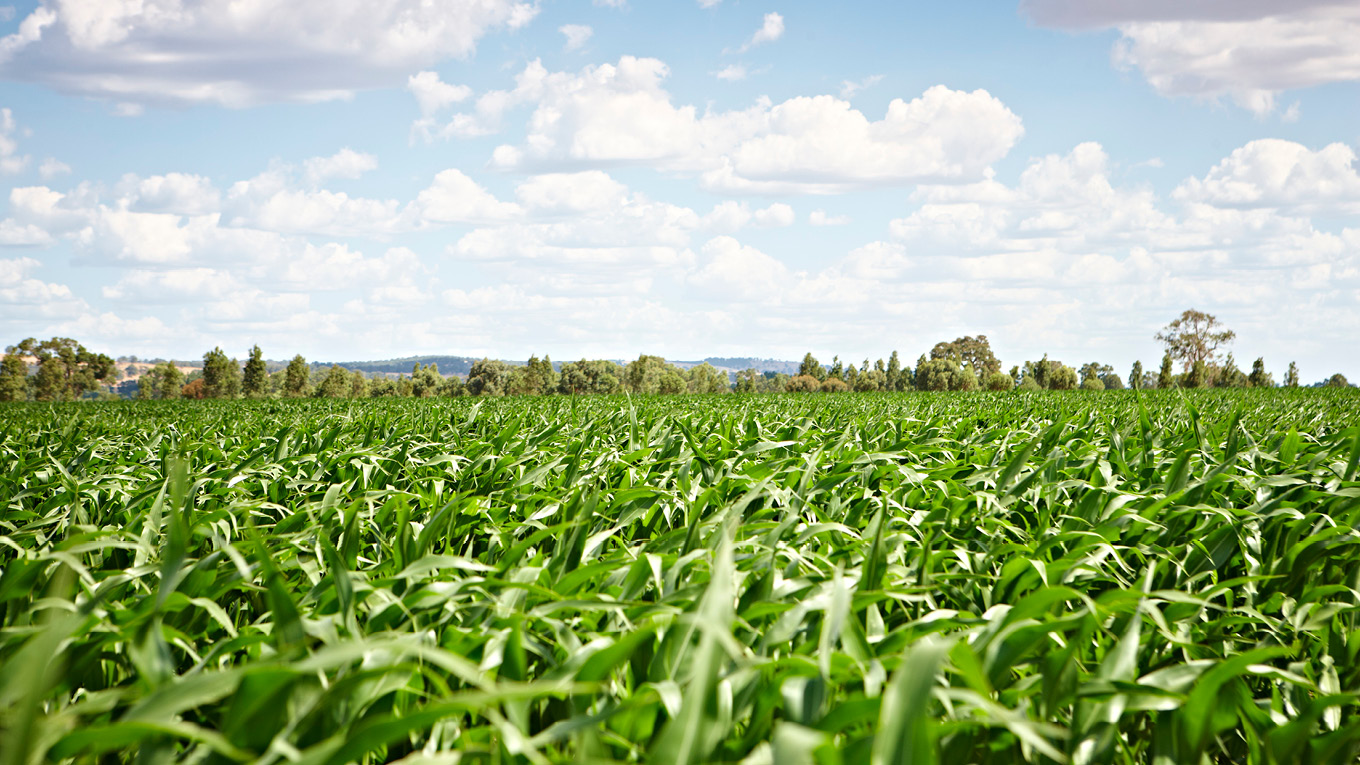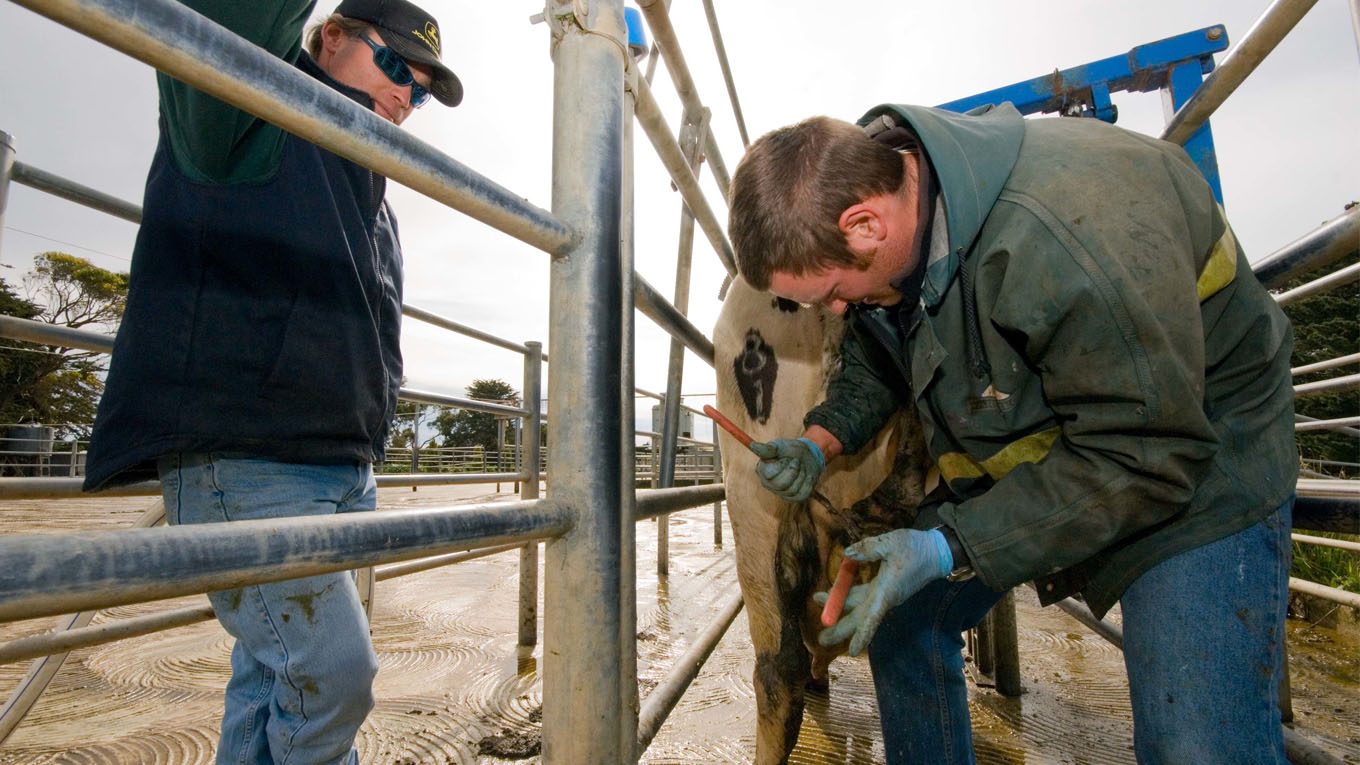Ruminal Acidosis
Ruminal acidosis is caused when the acidic balance in a cow's rumen is upset, resulting in weight loss and a drop in milk production. Ruminal acidosis can drastically reduce weight gain and, at worst, may cause death. It is especially common in dairy cattle fed on high quality pasture and grain.
Maintaining a stable rumen environment will reduce the risk of acidosis and allow cows a better opportunity to achieve their full milk production potential.
Types of acidosis
Sub-acute ruminal acidosis (SARA)
The milder, sub-clincal form of rumen acidosis is often termed SARA. Despite not being as severe as clinical acidosis, this has a greater economic impact on many farms due to being much more prevalent than clinical acidosis. The effects of SARA include milk fat depression, reduced intake and digestion of fibre and lower feed conversion efficiency, all of which have a negative effect on profitability. For every cow in a herd with clinical acidosis, there are likely to be several more with SARA. The prevalence of SARA in Australian herds was estimated to be approx 10% in one study from 2008, and given farming systems have intensified even more since then with greater amounts of grain fed per cow, it is likely to be even higher.
Clinical (acute) acidosis
Research has shown that clinical acidosis affects up to 3% of cows in Australian dairy herds. Signs include:
- Affected animals go completely off feed
- Become dull, weak and stagger
- May kick their belly and grind their teeth
- Develop sunken eyes
- Very severely affected cattle will go down and die within 12 to 24 hours
Clinical ruminal acidosis is caused by a sudden rapid drop in rumen pH. It can occur when cattle gain accidental access to grain or by-product stores or if they ingest much larger amounts of starch-based concentrates such as wheat or barley than they normally receive. This could be due to faulty feed-heads, feeding in paddock troughs or a mistake in the ration calculation with partial mixed ration or total mixed ration.
Treatment
Treatment of ruminal acidosis depends on the severity.
Cows with mild cases should be removed from the offending feed source, fed a source of good quality fibre and given an oral buffer such as magnesium oxide.
Severely affected animals may require intravenous fluid therapy and emergency surgery to empty the rumen contents.
Antibiotics are usually required to prevent liver and lung abscesses.
Vitamin B1 should also be given to prevent polioencephalomalacia (PEM). More information on this is available on the Sudden Death page).
Deaths may continue to occur for 2–3 days due to severe damage to the rumen. Long-term consequences may include lameness, liver abscesses, lung abscesses, peritonitis and caudal vena cava syndrome, or ruptured lung abscesses.
Risk factors
Sudden ingestion of large amounts of starch-based concentrates or other rapidly fermentable carbohydrates
Storage of concentrates/starchy feeds in areas that may be accessed by cattle
Poorly mixed rations with uneven feed distribution
The use of a buffer to maintain rumen pH such as sodium bicarbonate can help reduce the risk of acidosis, while calibration of dairy feed-heads and even allocation of feed will also help prevent acidosis outbreaks.
Maintaining milk production while changing the diet
Substantial changes in diets of dairy cows should be made gradually to allow the rumen time to adapt to the new feed. Healthy rumen function, feed intake and health can be disrupted if these changes occur too abruptly and cow responses are not monitored for early warning signs of problems. This can result in reduced milk production, ill health and potentially death.
The Keeping cows on the curve when changing diets fact sheet contains a number of key messages for dairy farmers to consider.
- Change over cows gradually onto new feed over seven to 14 days
- Rumen microbes need time to adapt to new feed sources
- Monitor animal responses to other risk factors such as toxic components in feed
- Equal access to the feed for each cow is essential
- It is not about what is fed, it is about what cows eat
- Introducing very palatable, low-fibre feeds to the diet is high-risk
Changing from one forage source to another
Most issues that occur when changing diets are caused by abrupt changes in grain feeding practices. However, rumen microbes are actually very sensitive to sudden changes in all diet components, not just grain.
Many farmers in Australia would be familiar with a sudden drop in milk production when the forage base is suddenly changed from grazed pasture to silage, as happens in many regions in late spring. Recent research funded by Dairy Australia and conducted in Western Australia compared an immediate changeover from a pasture-based diet to a grass silage-based diet against a gradual changeover on the same diet over a 10-day period.
All cows received the same amount of grain, but the ones that were gradually introduced to the silage-based diet produced significantly more milk over the 10-day period and the effect even continued for a time after all cows were fully on the silage-based diet. The effects observed were independent of the quality of the grazed pasture and silage and the amount of grain fed.
This demonstrates that gradual changes in any dietary component, including pasture and forages, will allow cows to perform closer to their maximum potential.
Resources
The following fact sheets are designed to help dairy farmers protect their herd from ruminal acidosis, recognise its signs and know what to do if it occurs.
Healthy Cows fact sheet
This fact sheet provides a general health overview for cows. New feeds, diets, feeding practices and smaller feed-out areas can increase the risk of herd health problems. The main issues are mastitis from faecal contamination of teat ends, lameness from hoof damage and ruminal acidosis from a poorly formulated and mixed diet or competition for trough space. These and other disorders will reduce milk production and animal welfare.
Ruminal acidosis risk assessment
In normal circumstances, dairy herds may not be at high risk of developing acidosis. However, drought conditions force many farmers to change their feeding practices. This risk assessment grid can be used by farmers to make sure they are not inadvertently putting their operation at high risk.
Effective feeding quick checks
This fact sheet details a series of quick checks which can help asses how an animal is coping with its diet and whether it rumen is stable.
Ruminal acidosis review
This review is for vets and nutritionists. It aims to evaluate the knowledge of the patho-physiology of acidosis and provide practical information on the diagnosis, prevention and treatment of the condition in beef and dairy cattle, and sheep.
Downloads
-
Flexible feeding systems healthy cows factsheet 2007
PDF, 233.16 KB -
Ruminal acidosis risk assessment factsheet 2018
PDF, 123.87 KB -
Effective feeding quick checks factsheet
PDF, 1.65 MB -
ruminal acidosis aetiopathogenesis prevention treatment review 2007
PDF, 973.39 KB -
Keeping cows on the curve when changing diets
PDF, 115.62 KB



